Spirograph Tourbillon by Karsten Fräßdorf – a tourbillon for proper daily use
If you ever wanted to wear a classic tourbillon on the golf course, then look no further
I said it before and I’m saying it again, my wrist is rather lucky, as it gets to wear quite some extraordinary timepieces. For the past three months, I’ve been wearing the Spirograph from master watchmaker Karsten Fräßdorf, and it has been worn as a daily beater. And that was exactly what Karsten asked me: “Wear it as your daily watch and do not treat it as a fragile timepiece only because it features a large tourbillon“. Wearing the Spirograph proved to be a sheer pleasure and I enjoyed that huge tourbillon more than I ever thought I would. In fact, it has been one of the nicest watches I’ve had the pleasure of reviewing, ever. Here’s a full review of the Montres-KF Spirograph, a tourbillon wristwatch that can easily withstand shocks up to 5,000G and magnetic fields up to 1,000 Gauss (and that makes it a perfect tourbillon for everyday wearing.)
Shock resistance has been one of the main goals while developing this watch. Karsten wanted to create a watch with a very large tourbillon, not only for the visual pleasure of a large balance, and superlative chronometric rates, but the watch should be wearable every day for all your normal daily activities. Most tourbillons out there are rather delicate and should be treated with a certain level of care. Richard Mille is one of the exceptions, but for the rest, most tourbillons are not designed to be used as daily beater. This one is! Over the past three months, it has served me well, plus it was always a superb pleasure to see that tourbillon perform its continuous dance. More about that later, but first some words about the watchmaker.
The Watchmaker – Karsten Fräßdorf
Some of you might already know the name Karsten Fräßdorf from Fabrication De Montres Normandes (FDMN), Heritage Watch Manufactory (HWM) and a very short ‘flirt’ with Leroy. While all these brands never went to market (i.e. sold watch to customers) due to a plethora of reasons, they all featured typical characteristics that you’ll find in all watches created by Karsten.
Unfortunately, the aforementioned brands came to an early ending. Based on this one might expect that Karsten’s creations didn’t actually make it to the wrist of customers, but there’s more than one might expect. Karsten has been involved in improving Laurent Ferrier’s calibres in the early years, and the mere fact that the micro-rotor calibre 229.01 is running and on the wrists of clients, is because of Karsten’s involvement. The same goes for the Galet Traveller’s calibre 230.01 and he also had a hand in industrializing the double spiral tourbillon. Those, plus a unique Leroy L200 Chronomètre Observatoire that was sold at the 2015 Only Watch auction.
Montres-KF
Now, after he set up shop in La Chaux de Fonds, Switzerland, to develop new materials for the watchmaking industry, he’s also launching his own brand and the Spirograph that we’re looking at today is the first wristwatch with his own name on the dial.
Karsten’s watches always feature large massy balance with incredibly high inertia
Karsten’s own work, as it was showcased in the prototypes he created for FDMN, HWM and Leroy, always featured large massy balances with incredibly high inertia. His main focus is to pursue classic chronometry and thus everything in his watches is focused on achieving perfect isochronism, hence the large balances and various constant force constructions. There’s, for instance, the constant force escapement featuring a double escapement wheel in the HWM Tensus. And the Leroy Chronomètre à Tourbillon featured a tourbillon combined with fusée-and-chain, to regulate the mainspring torque and a few more rather impressive constructions. Since I’m an admirer of classic high-end watchmaking focused at perfect timekeeping, I was more than happy to “test-drive” Karsten’s latest wristwatch, and the first wristwatch that comes with his own name on the dial: the Montres Karsten Fräßdorf Spirograph. On the dial, it reads “Karsten Fräßdorf – La Chaux-de-Fonds”.
The Spirograph – on the wrist
The Spirograph was, like Karsten’s previous work, designed in the vein of classic precision watchmaking. The large and massy balance in the 1-minute tourbillon is a sheer feast for the eye and keeps attracting the attention in a very pleasant way. Usually, I am no fan of a ‘hole in the dial’ and I certainly prefer a discrete tourbillon that can only be seen through a transparent case back. After wearing the Spirograph for several months I have to confess that the sight of this tourbillon is so good that I enjoyed it, always, and I never had one moment of wishing that the dial was closed.
The case, 45mm in diameter and 13.3mm thick, wears much smaller and more comfortable as you would expect based on these numbers. Again, usually I prefer smaller wristwatches of say 40mm or smaller, but the Spirograph stayed on my wrist for weeks in a row. It felt perfectly sized, balanced and very comfortable.
As mentioned before, the watch is remarkably legible. I’ve worn quite a few watches with super-luminova filled hands and markers that were much more difficult to read the time on, and this is again one of the things that surprised me. I’ve tried to determine what causes the outstanding legibility, and the only reason I can find is the finishing on the hands. When I mentioned this to Karsten, he told me that they tested several finishings of the hands, and the hands on the review watch were the latest (and final) prototypes. The ‘lancette’ hands are partially polished and partially sand-blasted. Nothing strange so far, as similar hands can be found on Jaeger-LeCoultre watches and others. Still, these could not provide the same superb legibility; the Spirograph’s legibility is one of the best I have ever had on my wrist.
The Spirograph has the looks of a classic marine chronometer, with a large round case, a slim bezel with deep flange and strong contrast providing very good legibility. Besides the shock resistance of 5,000G, the watch is also a-magnetic to 1,000 Gauss (same as the Rolex Milgauss) making it a perfect everyday watch, or as we would say, a perfect ‘daily beater’. The latter can be seen quite literally in the small video of the 5,000G test or hammer-test (fast forward to 0:16 to see the hammer hit the watch.)
The Spirograph – Calibre 360
The movement, the part that makes most watch enthusiast’s heart beat a bit faster. What we have here is a classic pillar movement, with a large balance ticking at 18,000 vibrations per hour inside a 1-minute tourbillon. This movement, as said 5,000G shock resistant and 1,000 Gauss a-Magnetic, is not really exposed so there are no bridges with angled edges, beautifully polished interior angles, and impressive hand-made côte de Genève to admire. Calibre 360 is all about delivering a solid movement that runs extremely precise, that is shock resistant, a-magnetic, and showcases a huge tourbillon. And that’s all done successfully!
I’ve repeatedly mentioned that Karsten, with his watches, focusses on classic chronometry. The large balance in the tourbillon is one factor that contributes to good isochronism, but there’s more. The balance ‘wheel’ is without rim, so there’s no actual wheel and only two big (and heavy) weights. Due to those two large and heavy weights, the balance has no less than 60 mg/mm2 inertia!
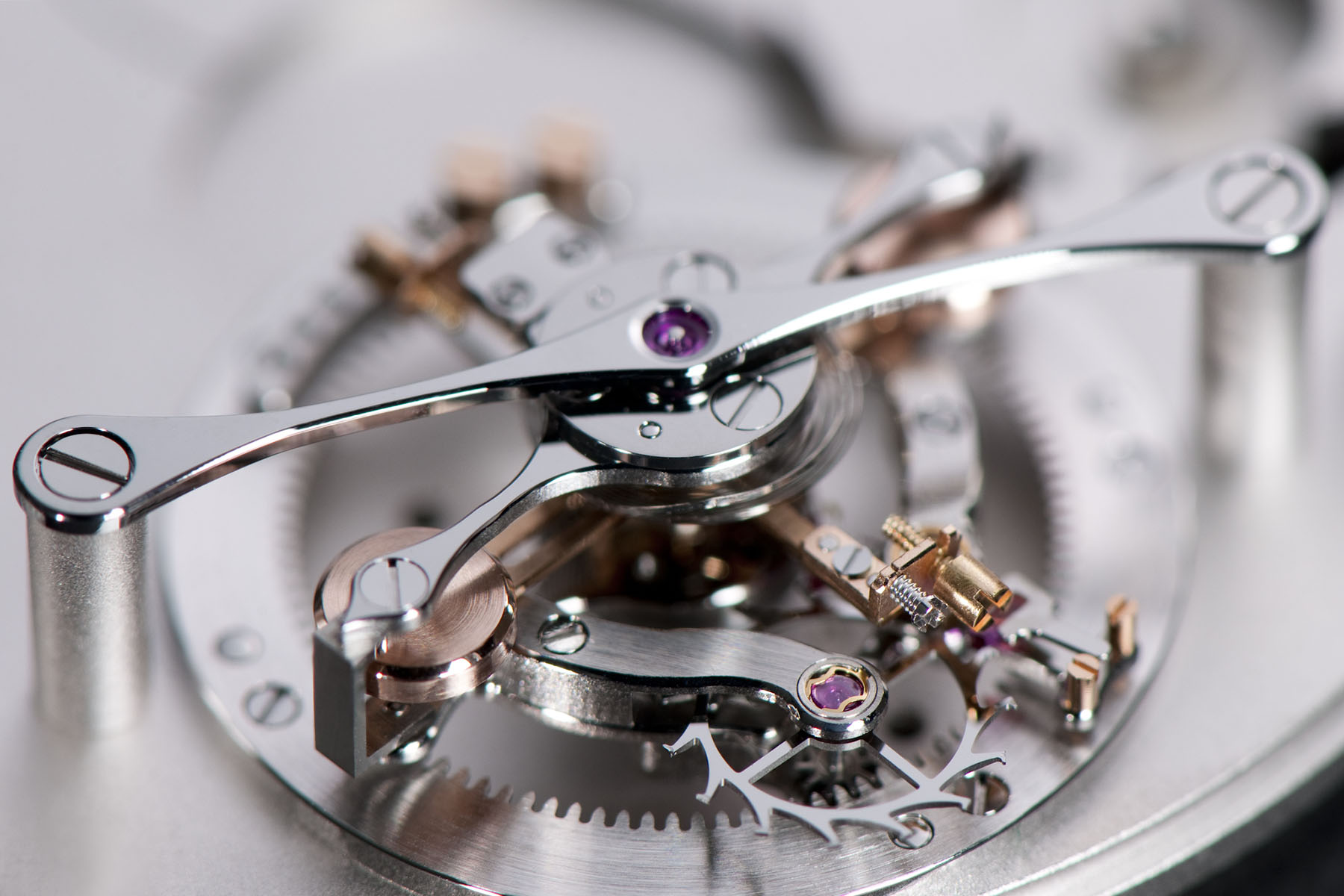
These two weights are at the far end of one of the two ‘spokes’, while at the far end of the other spoke, there are two screws. One screw, the big one on each side, is for the so-called ‘classification’ and a light screw on each side is for the so-called fine regulation.
The hairspring is made of Straumann alloy and features two final curves: the inner curve is corrected with a Grossman curve and the outer with a Phillips (or Breguet) curve. This is quite rare, as the majority of hairsprings in mechanical watches comes without an outer or inner curve. Having both an outer and inner terminal curve is extremely difficult to create and can only be achieved when the watchmaker bends the hairspring by hand. The mold for bending and shaping the hairspring precisely is engraved on a brass plate.
Not only chronometry played an important role in the development of the movement, but ease of servicing as well. The tourbillon, for instance, is geared outwards and this allows for a relatively easy mounting of the tourbillon in the movement. The key-less works are constructed as a module and can easily be removed or put back in place as a whole.
The large main spring is able to deliver energy for around 70 hours of autonomous running, however, for the sake of isochronism, the power is cut off with a Geneva stop-work (Malteser cross) atop the mainspring barrel, to a maximum of 42 hours. When the watch has stopped and you turn the crown a tiny bit, just one single tooth of the ratchet wheel, the watch immediately starts running and also immediately has an amplitude of 250 degrees or more. Again one of the factors that contribute to improving isochronism in the vein of classic chronometry.
Altogether the Spirograph’s movement, Calibre 360, is designed and build as a classic chronometer, or even better, a marine chronometer. With its pillar-style construction, large mainspring with Geneva stop-works, large balance with very high inertia, 1-minute tourbillon and the double terminal curves in the hairspring it is fully focussed on being a precision timepiece.
And while it’s not designed to elicit ooohh and aaahh’s for stupendous finishing, even the steel parts you will never see, are angled and polished by hand. The mainplate is adorned with pèrlage by hand, and so on; there’s plenty to enjoy!
Final words
Karsten Fräßdorf shows again what he can do. The Spirograph is his first creation with his own name on the dial, and it’s certainly not his last as there’s much more to come. With a price tag of approx. 80k this is not the cheapest tourbillon on the market, but it should in no way be compared to affordable tourbillons, but rather to those priced well above 100k. That’s the league Karsten Fräßdorf is in for all the above reasons.
The first service is free of charge, and moreover, when you send your Spirograph for service within 5 years, Karsten will extend the warranty for another 5 years. The choice of the dial is up to the customer and will influence the final price, as guilloche dials simply come at a higher price. But nothing too crazy and I think the pricing is quite reasonable for such a well build, and easy to wear watch.
More information at www.montres-kf.com

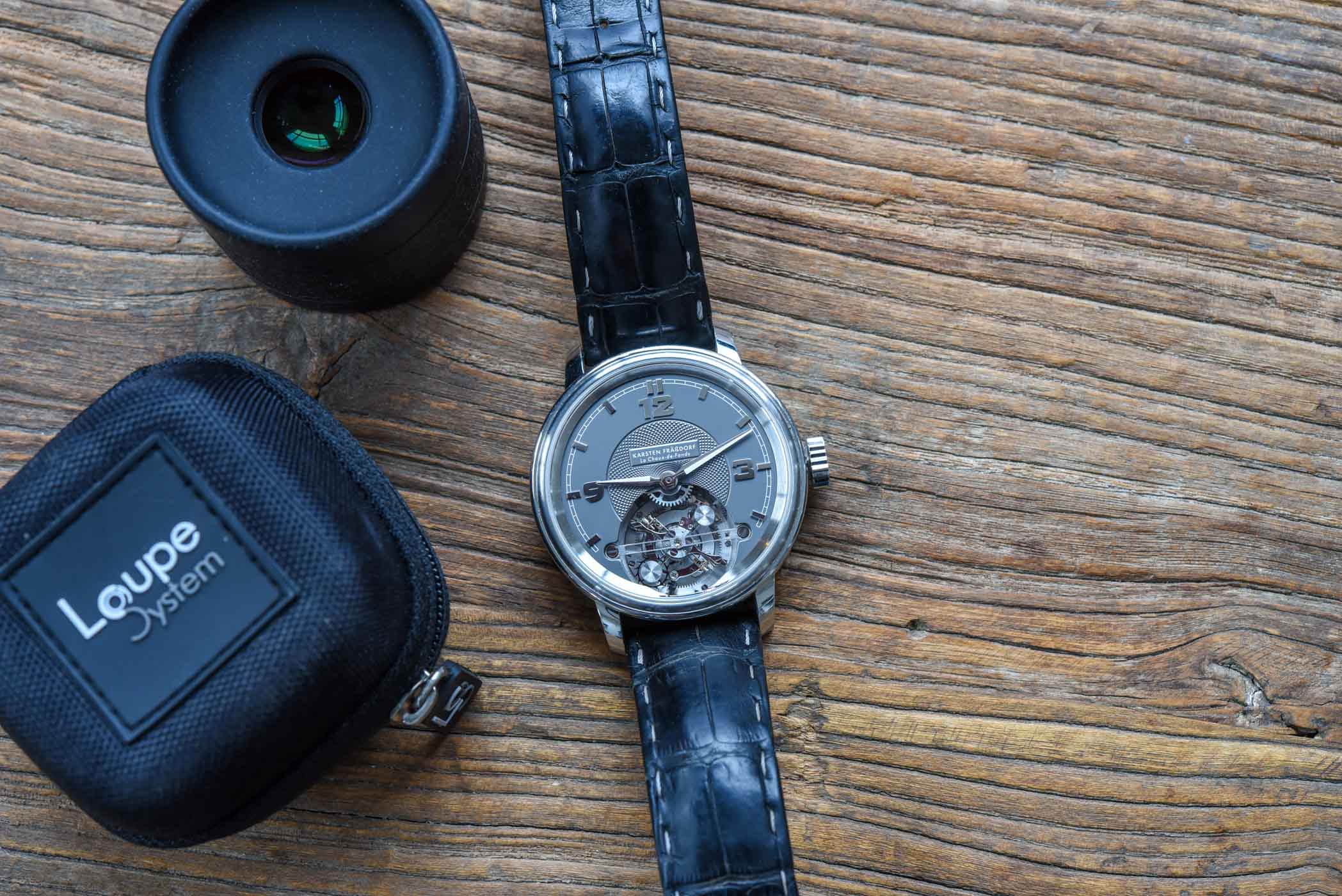
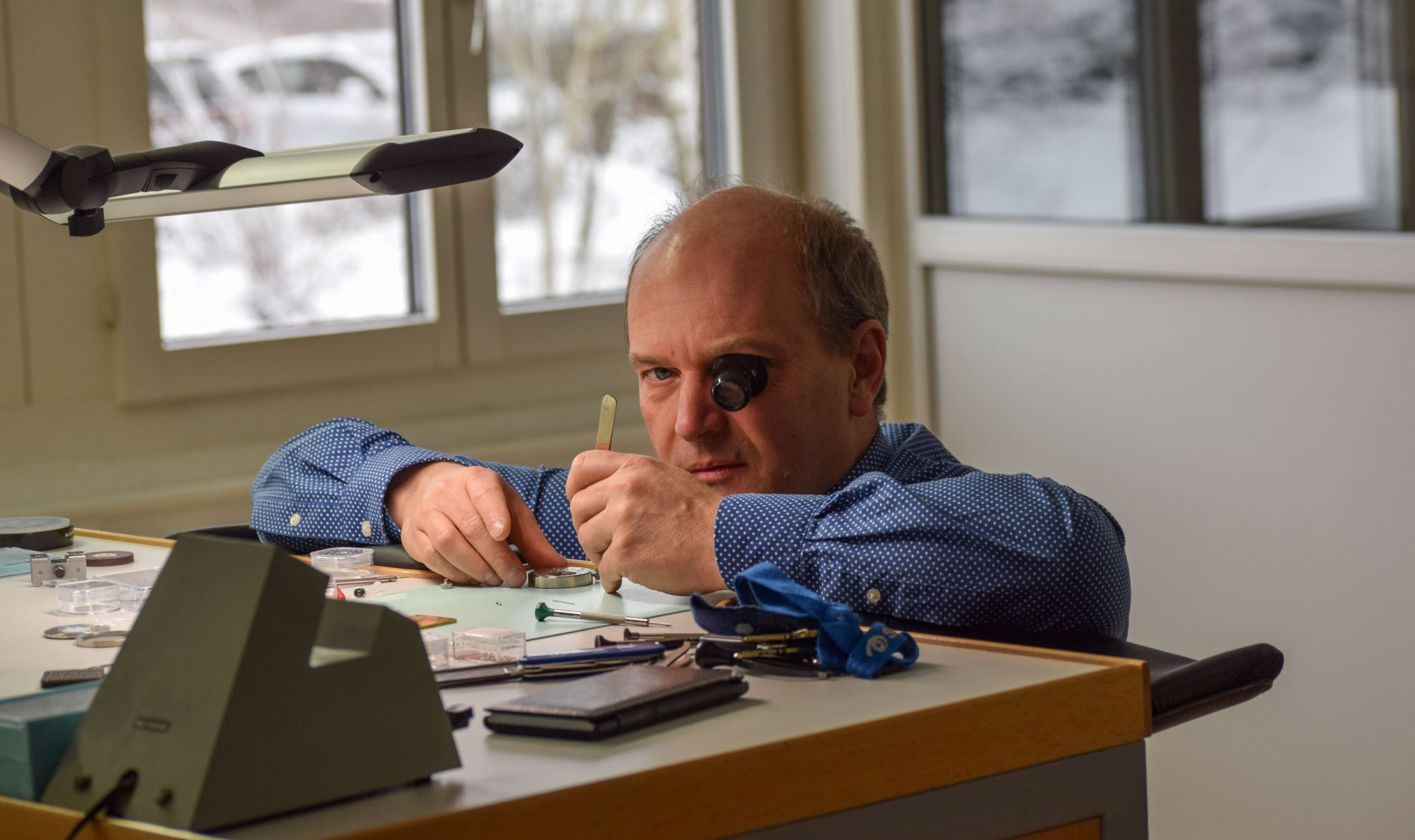
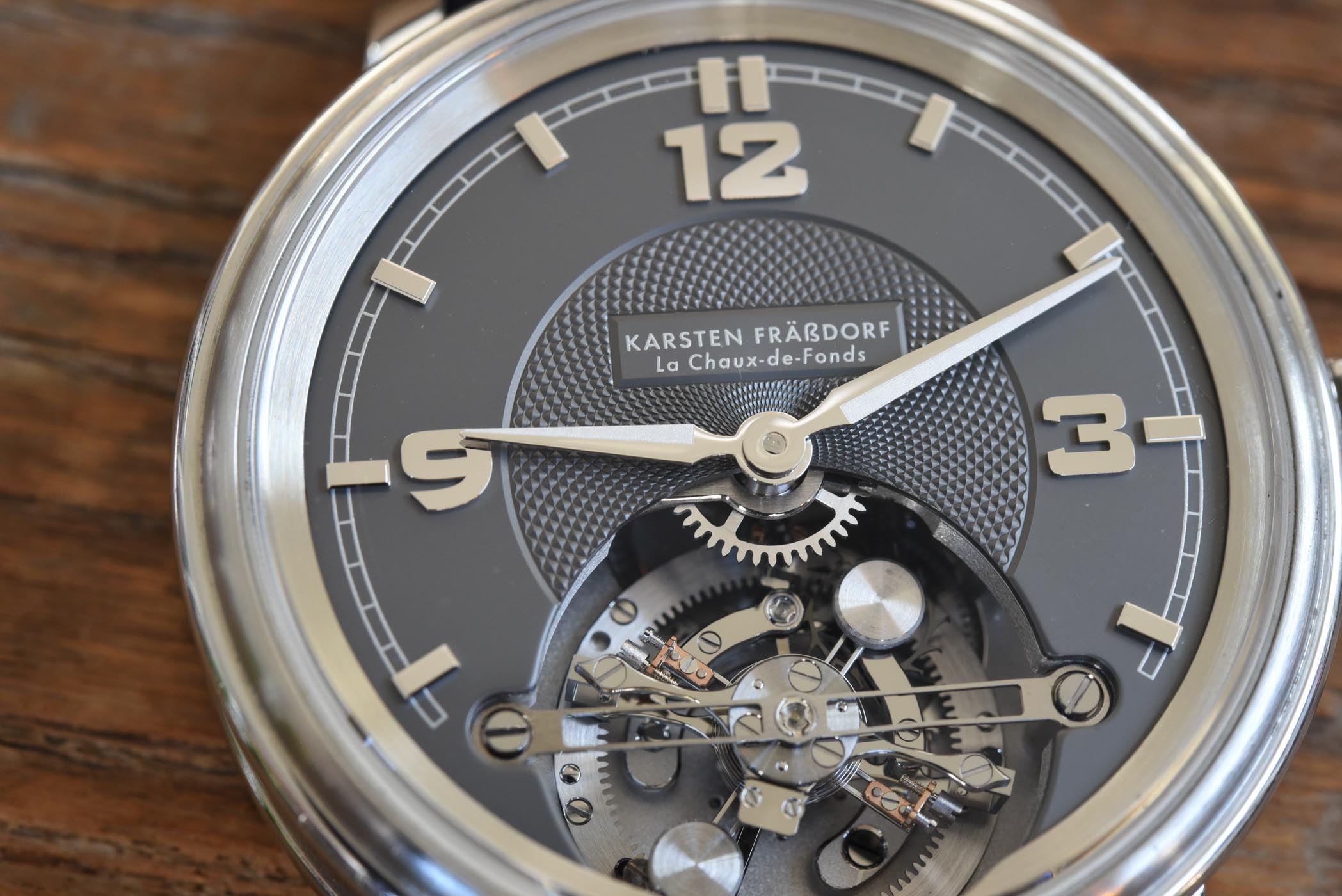
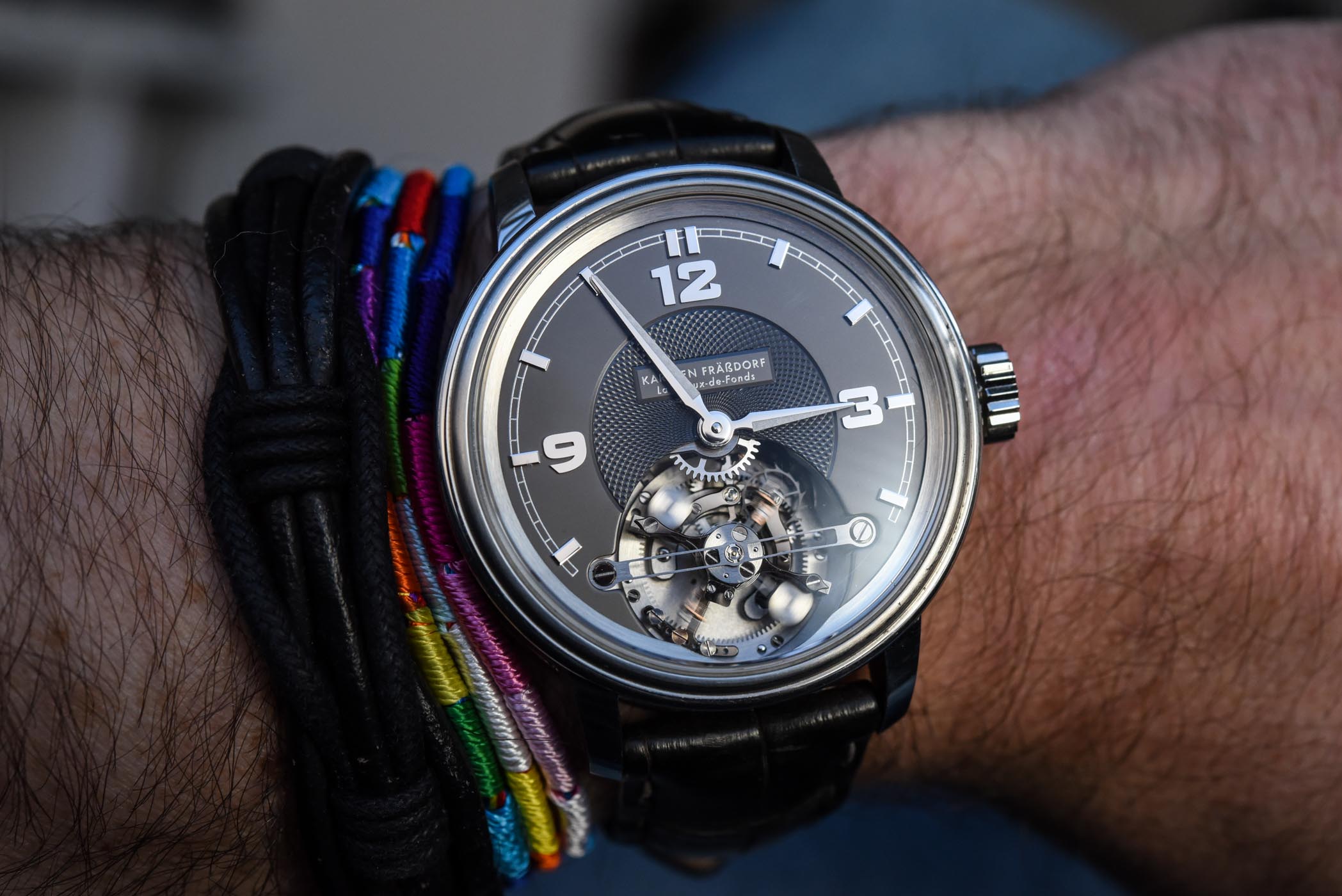
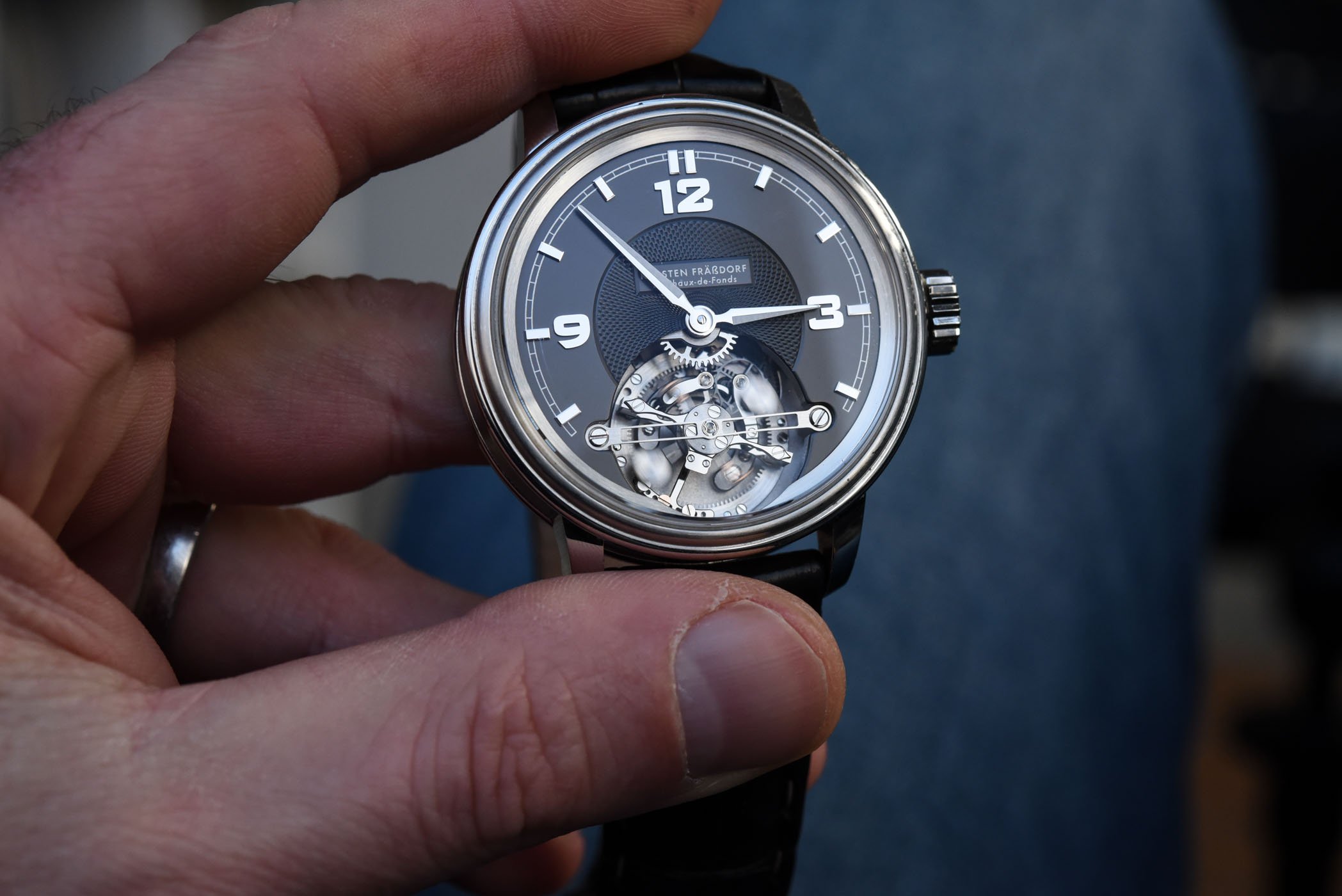
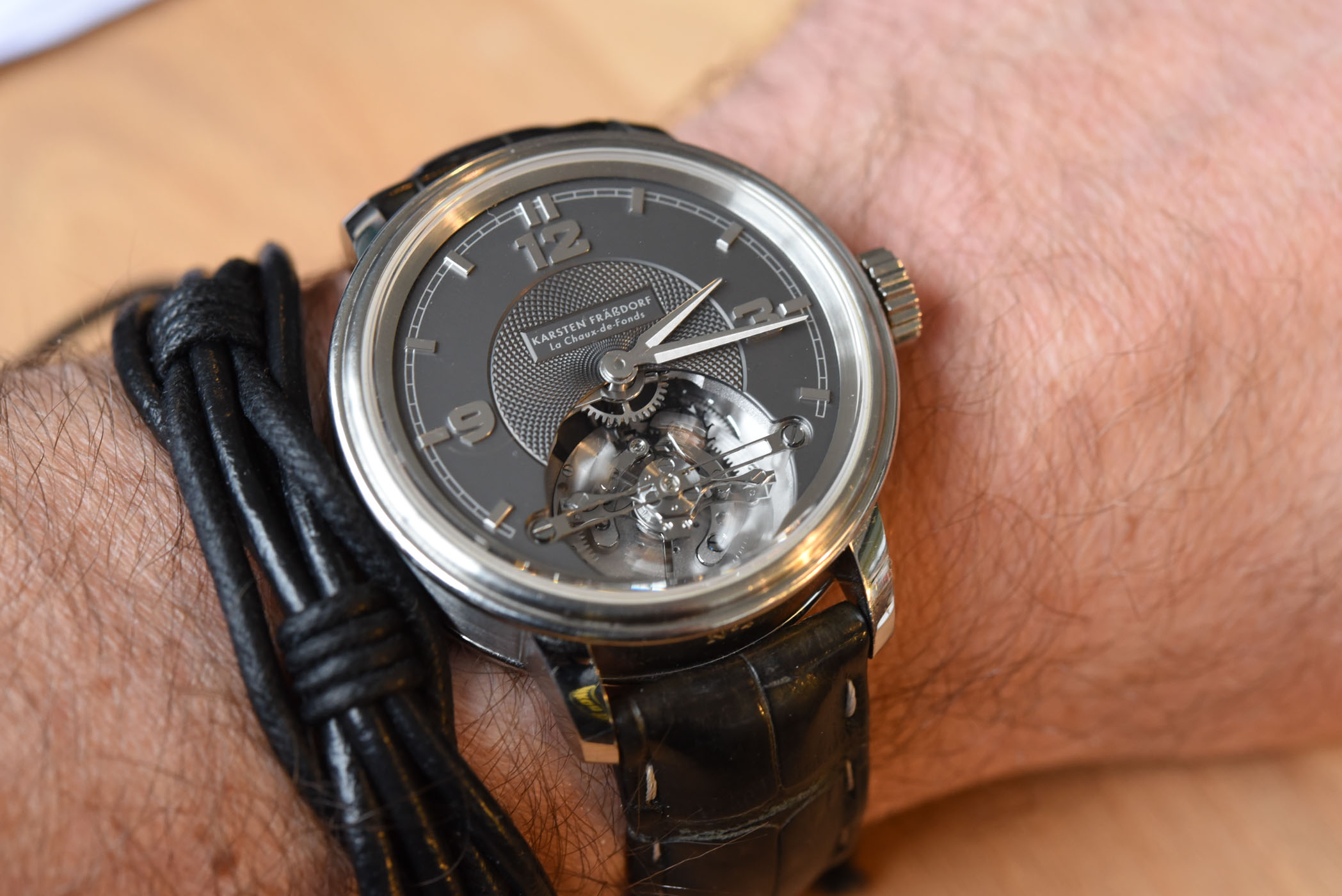
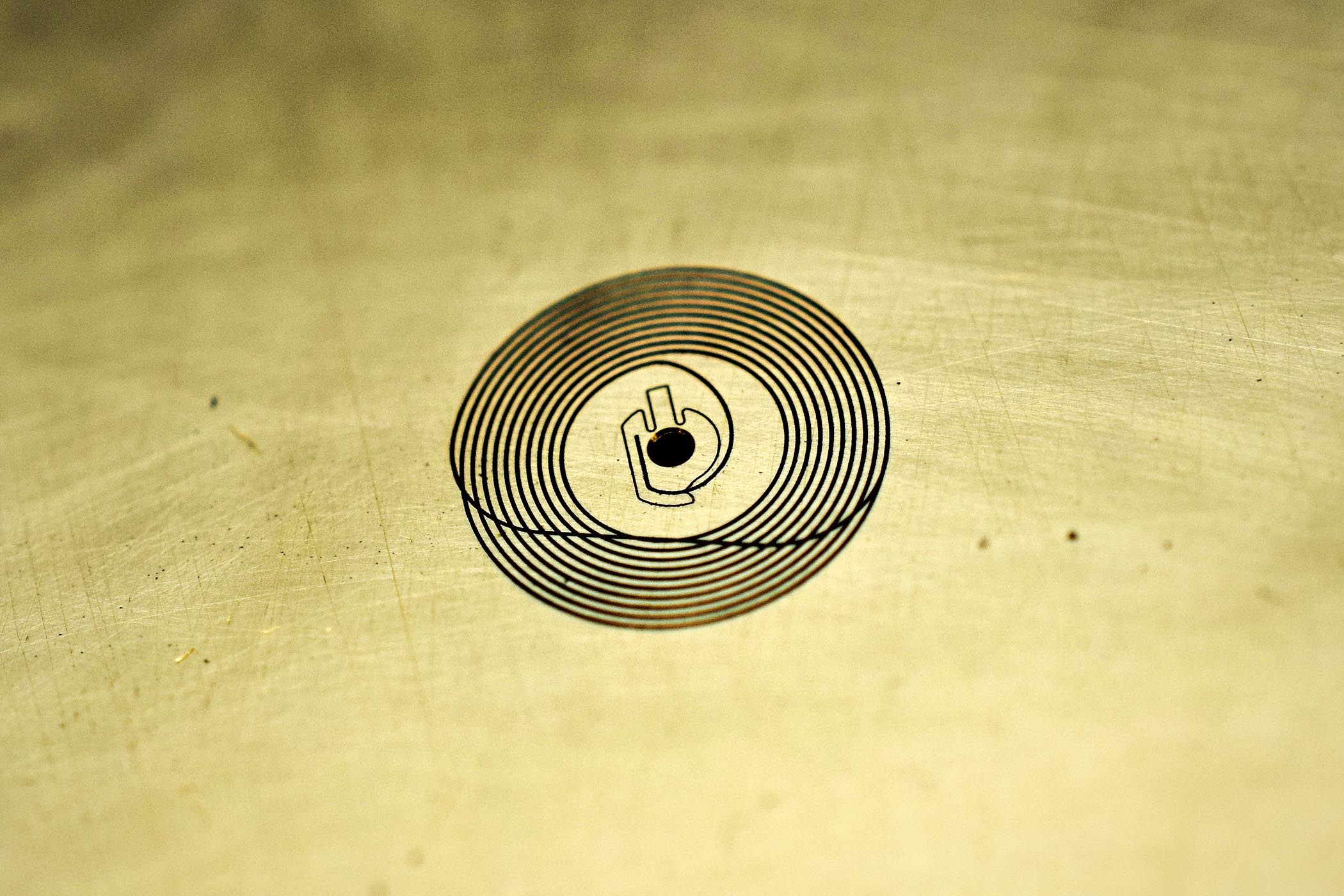
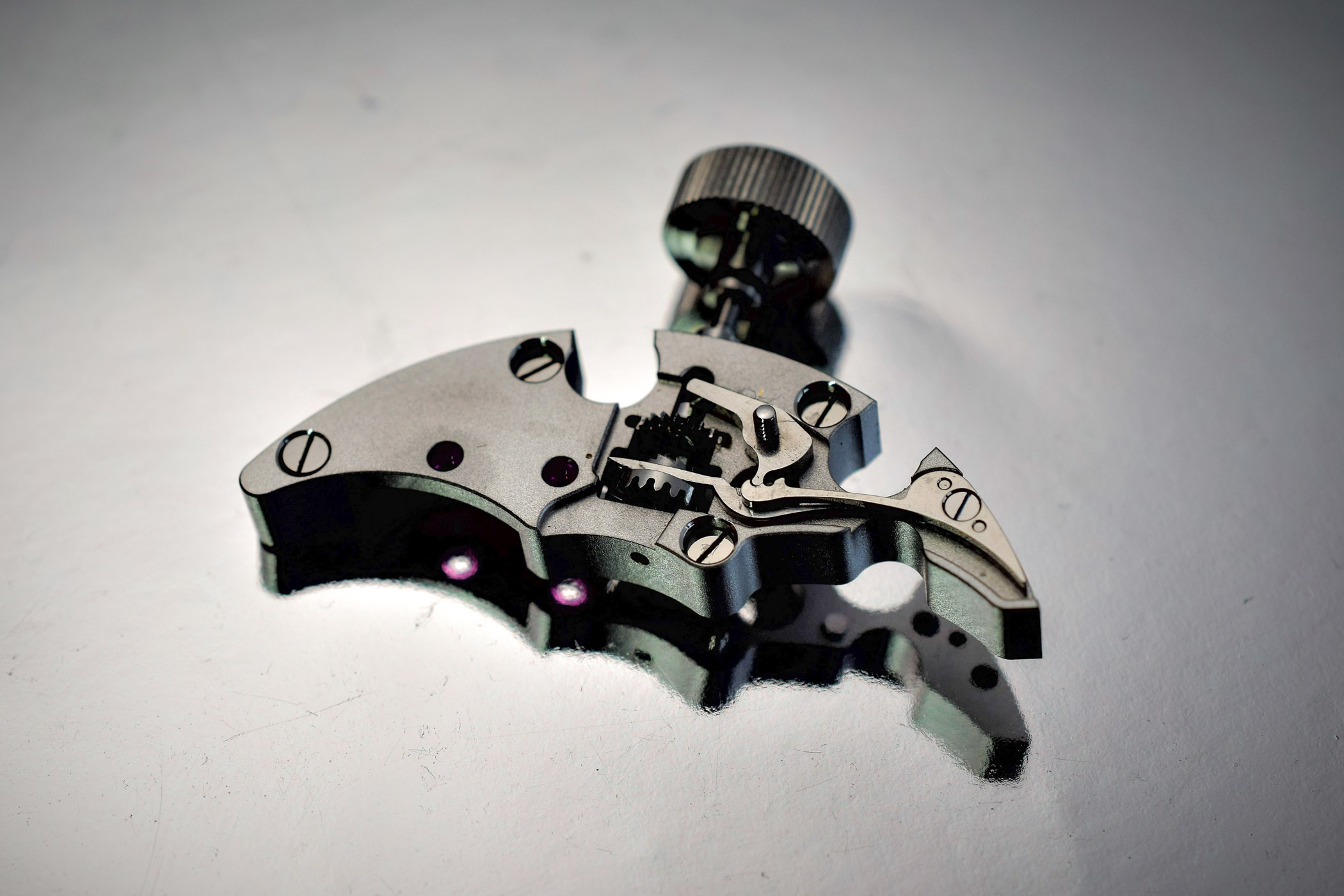
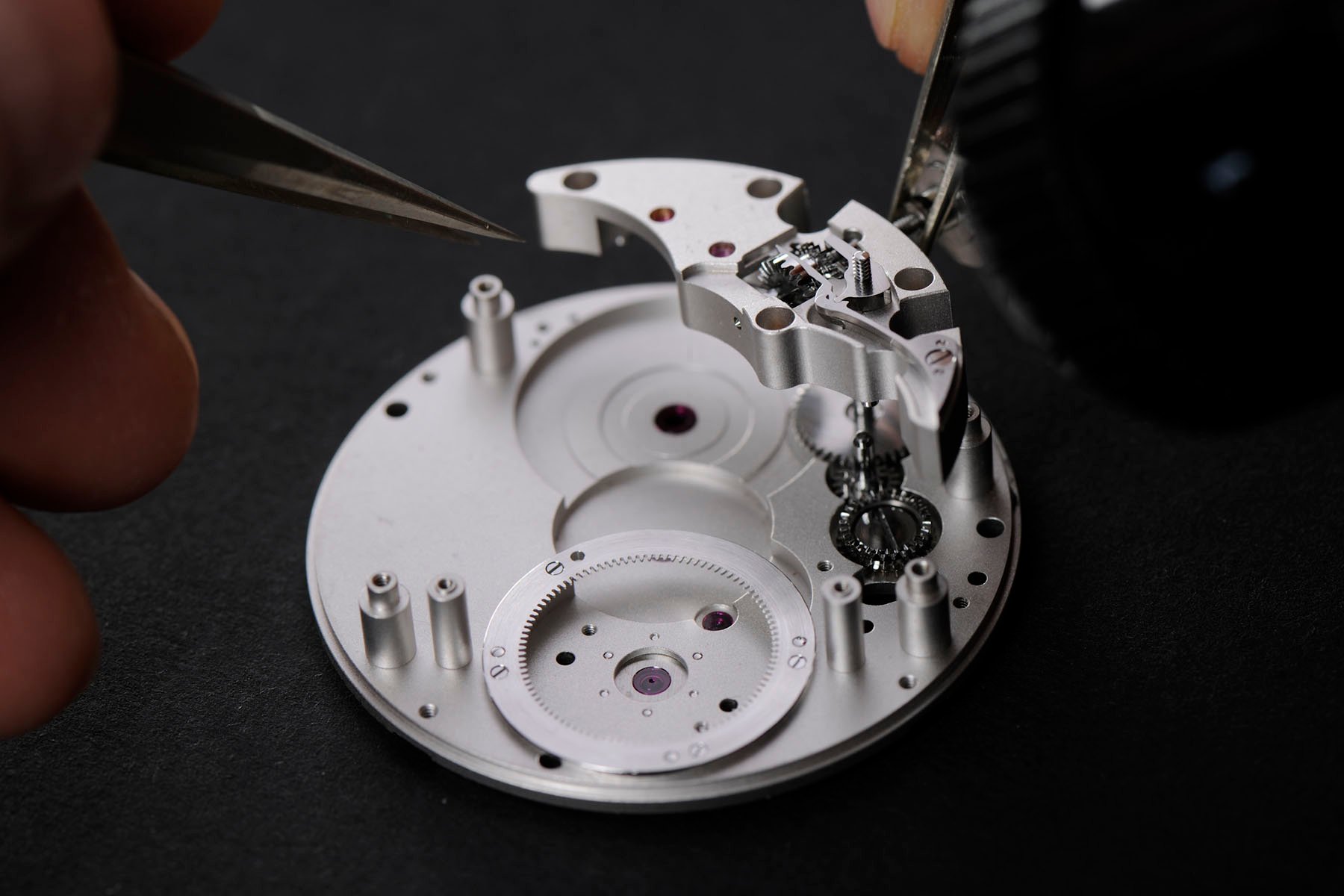

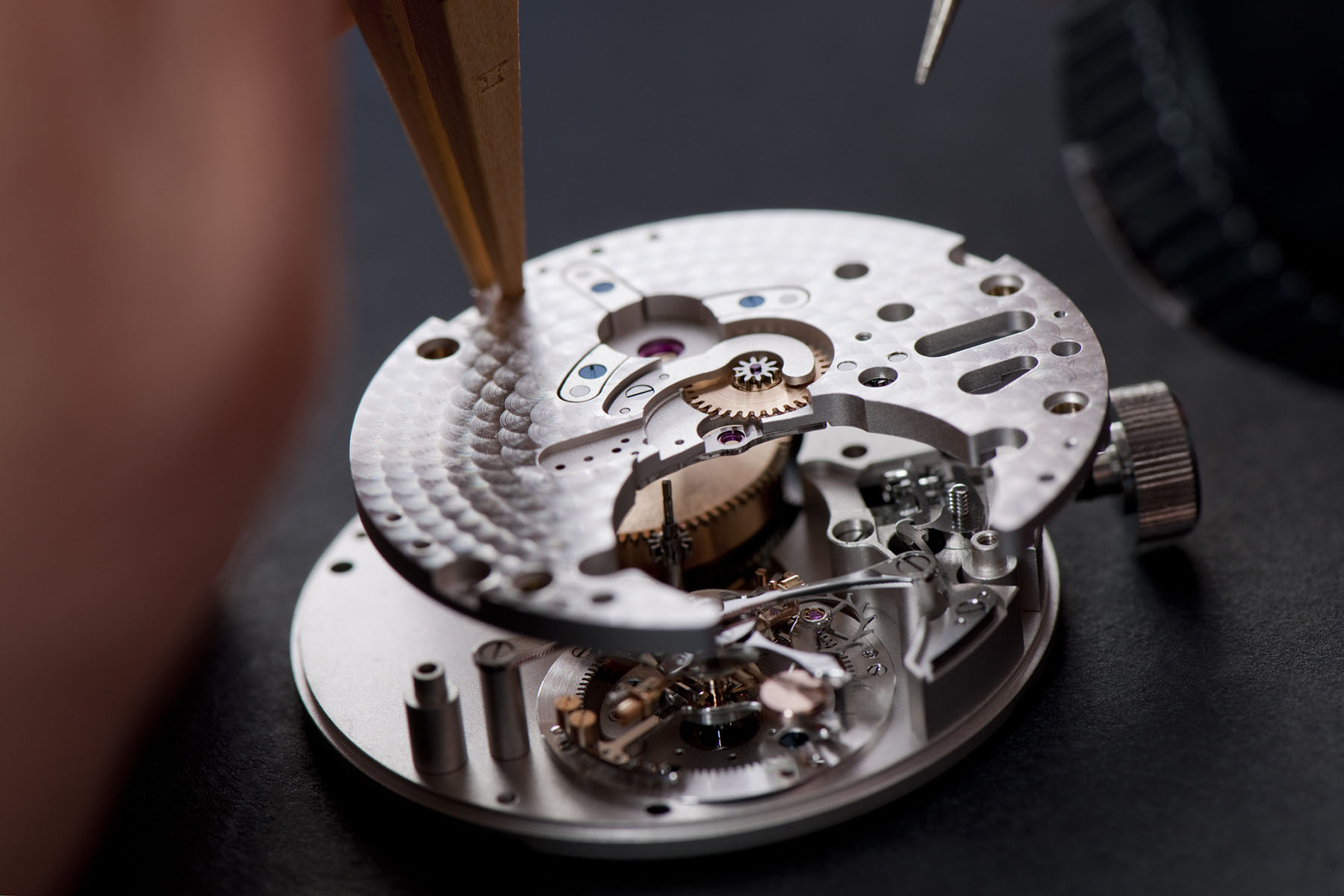
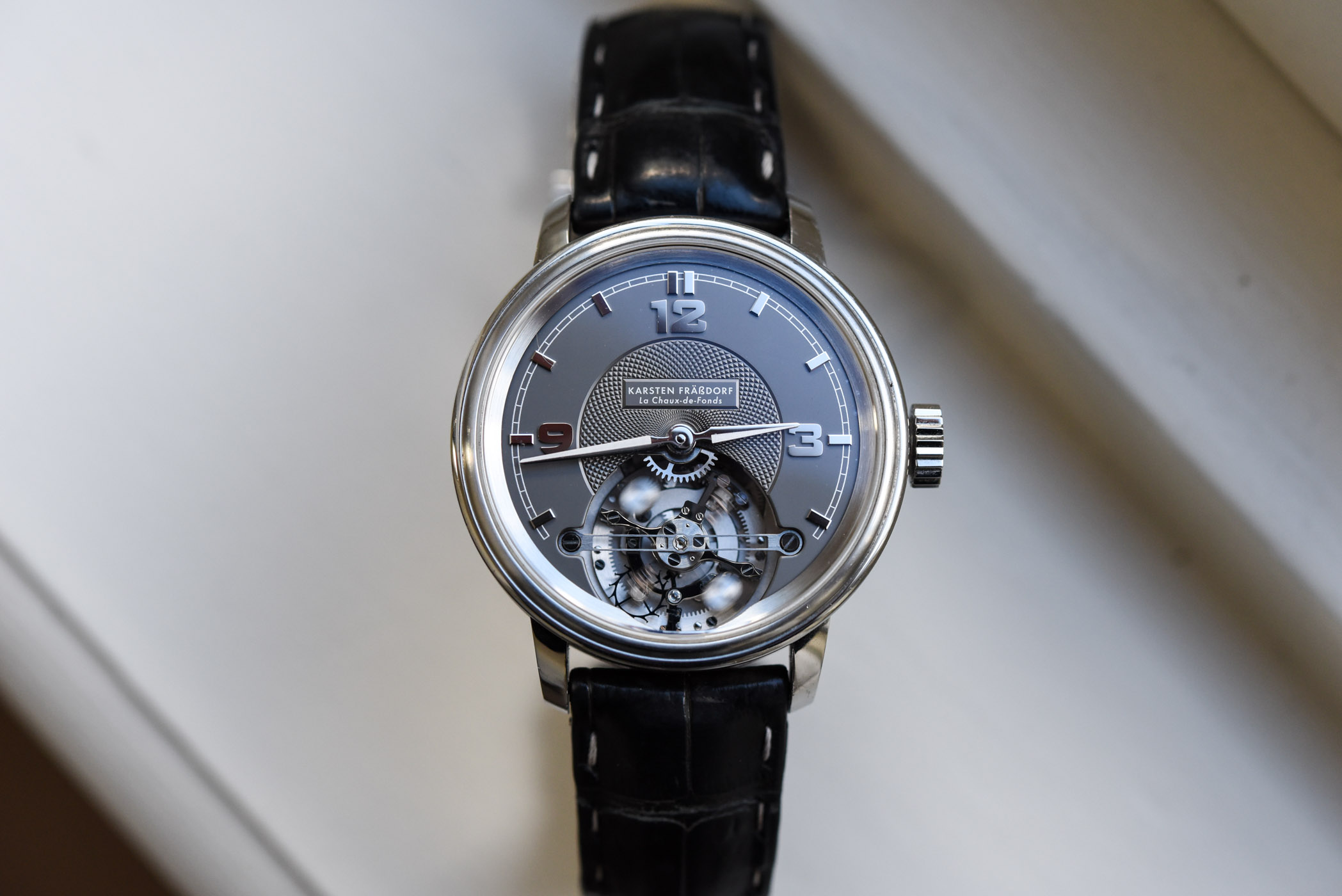
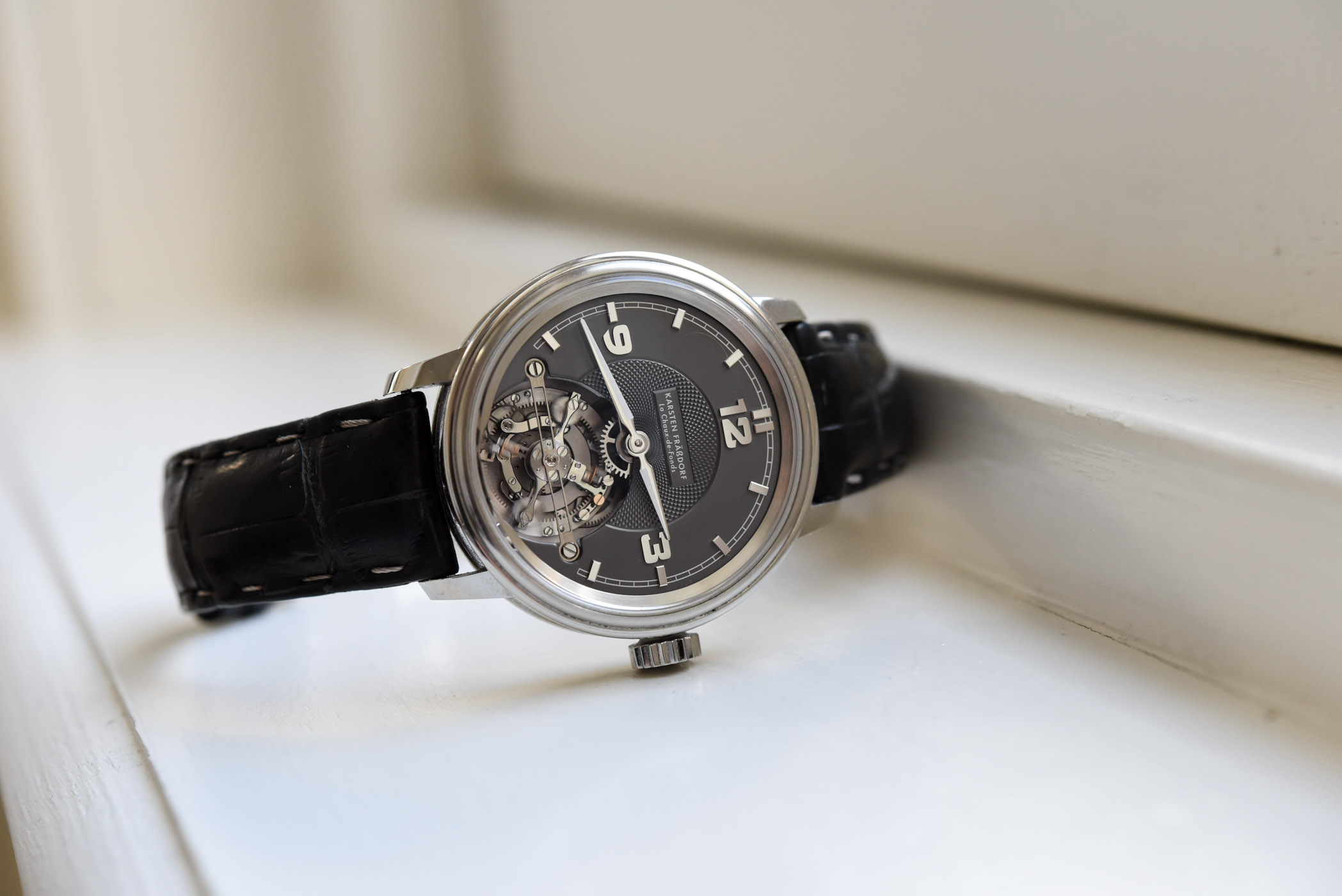



3 responses
Fascinating.
Interesting but not 85K interesting. A big and thick piece that isn’t really very complicated and isn’t even automatic. Remember, the tourbillon is NOT a complication, but rather a refinement. I wonder what the accuracy of this watch is and wish these reviews would give that information, particularly since so much fuss is made about how “good” the tourbillon is here.
Edju, accuracy depends on regulation as with all mechanical watches. Personally I appreciate the strive for perfection, the application of certain technologies, the tourbillon, the big balance, the hair spring with two end curves and I don’t care that every quartz watch is more precise. Mechanics, beautiful mechanics, that’s what all the fuss is about…